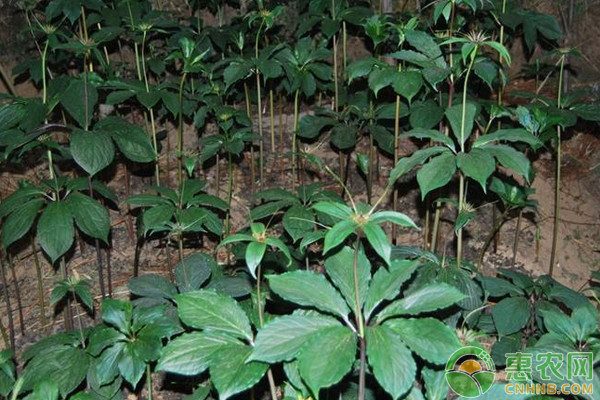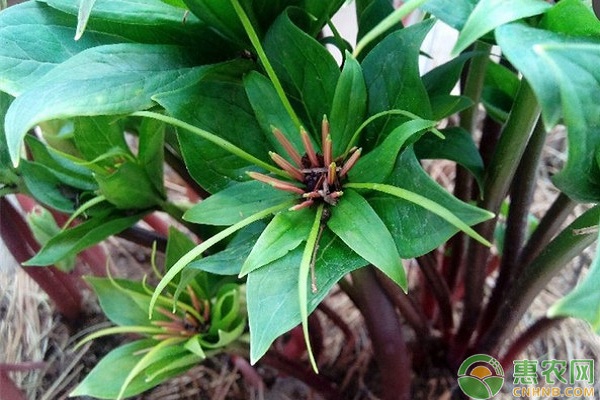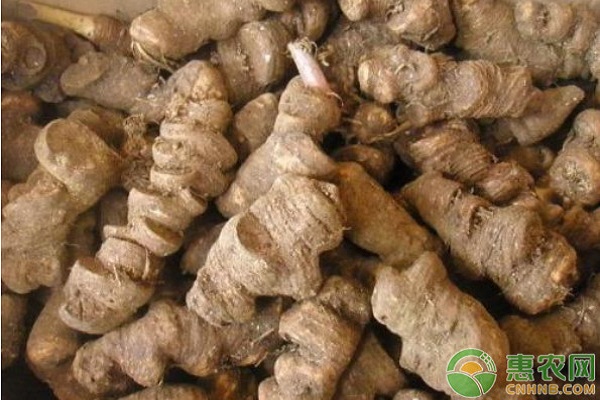How to cultivate and manage Yunnan's heavy buildings? The actual building in Yunnan is actually a large building with high medicinal value. It can treat bruises, poisonous snake bites, and has the effects of clearing away heat and detoxifying, reducing swelling and relieving pain. Let's take a look at the cultivation management technology of Yunnan's heavy buildings.

1 heavy building cultivation management
1.1 Site selection
Choosing the planting land is the prerequisite for the high yield in the later period. Requirements: The soil is fertile, the drainage is good, and it is rich in humus.
1.2 cleaning debris
At the same time as the land preparation, the weeds, branches, shrubs, etc. in the plot should be thoroughly cleaned up in time. At the same time, away from the planting area, clean up by fire to avoid the impact of pests and diseases.
1.3 cultivation of seedlings
Breeding of seedlings can be propagated through seeds or through roots.
1.3.1 Seed breeding
The seed germination rate of Yunnan Zhonglou is low, and it has the physiological characteristics of “secondary dormancyâ€. Therefore, during seed breeding, it is necessary to be germinated. Under normal circumstances, the harvested seeds are placed in gauze after being shelled, washed repeatedly in running water, and the peel is removed. After drying, it is placed in a mesh bag, covered with a layer of sand and placed in the room for germination.

Before preparing for planting, use 1% carbendazim WP, seed dressing in the seedling box, place indoors, keep the germination temperature at 18-22 ° C, check once a day, keep the sand (or soil) humidity Between 30% and 40% (holding a handful of sand and grasping it can form a group, it is better to loosen it after loosening). When the seeds of the heavy building grow out of new roots, they are planted in the seedbed, and are planted in a greenhouse or a seedling bed in a greenhouse at 2,500 grains/m2. The seedbed is 1.2m wide, 20cm high, and 30cm wide, and is managed, to 6th in the second year. In July, the seedlings were planted, and the vigorously grown seedlings were planted on the open seedling bed at a row spacing of 10cm×10cm. After the rooting water was poured, the transplanting was carried out in the next year (3rd year) according to the line spacing of 15cm×15cm. It is generally ideal in mid-October and early November.
1.3.2 Rhizome breeding
Cut with top buds, harvest in the fall, and dig up the roots and tubers. Generally, there are 3 to 6 cm of root buds for seeding, and the planting plants are planted according to the specifications of 15m×20m. After planting, cover the appropriate amount of loose soil for shading and moisturizing. Usually the best time to transplant, easy to choose in the spring. Usually, during the transplanting process, pay attention to protect the top buds. The specific planting density is suitable for controlling 18,000-22,000 plants per acre.
1.4 post-plant management
1.4.1 cultivating weeding
After transplanting or seedlings, weeding and weeding in time. Weeding, doing diligence, shallowness, and avoiding root damage to affect later growth. Generally, from May to August, enter the rainy season in Yunnan. At this time, the rain is sufficient and the soil is compacted. Be sure to drain well and pay attention to flood control.
1.4.2 Reasonable topdressing
Wait until the seedlings are unearthed, and apply 1 time of fully decomposed organic fertilizer. Until June-August, timely ditching, increase the application of phosphate fertilizer, potash fertilizer or cake fertilizer. Usually pay attention to the soil moisturizing, cover the amount of hay on the surface, and use it for drought prevention.
1.4.3 Building a shade shelter
During the growth of Yunnan's heavy buildings, it is forbidden to be exposed to strong light, especially the high temperature. To this end, it is recommended to build a shade shelter, or intercropping other high-crop crops, to achieve the effect of sheltering the sun and avoiding the sun. Under normal circumstances, you can build a shade shelter after the Miaoqi.
2 Prevention and control of pests and diseases
During the growth and development of Yunnan's heavy buildings, the most common types of pests and diseases include black spot disease, stem rot and so on. Common pests, scarabs and so on. Taking into account the threat of these pests and diseases, we should pay attention to the prevention and control work:

(1) Black class disease
The disease begins at the tip or leaf base and produces a round or nearly circular disease class. Control measures: Spray 5% toxic water-clearing agent or 50% methyl carbendazim suspension in the early stage of the disease, and spray once every 7 to 10 days.
(2) Stem rot
The disease occurs in the seedling stage, which is more serious when it is wet and rainy. It produces a yellow-brown disease class at the base of the stem. After the disease class is enlarged, the tip of the leaf loses its water. When it is severe, the stem base is wet and rotted. Control measures: rotation with gramineous crops for more than 3 years; 50% carbendazim WP after spraying, as a “give medicineâ€; 95% dikesone WP can be used for irrigation in the early stage of Datian, every 10 days/time, even 2 to 3 times.
(3) Scarab
The adult worm damages the leaves, and the larvae (white silkworm) bite the rhizome, affecting the growth of the heavy building. Control measures: In the evening, the torch will trap the adult worms, and the fresh worm leaves will be sprayed on the surface to trap the larvae.
3 timely harvest
Usually, harvesting can be arranged 3 to 6 years after planting. The sorghum building used for the development of seedlings is generally harvested 6 years after transplanting. Seedlings with top buds and rhizomes are harvested 3 years after easy transplanting. The time of harvest in the current year should be chosen from October to November of each year. Moreover, it is necessary to arrange excavation on a sunny day, digging the side with a hoe, and then digging out the tubers to wash the sediment. Fresh, can be sliced ​​and left with a top bud, which can be used as a seedling. The rest can be left to dry, or dried, packaged for storage.
The above is the entire content of Yunnan's heavy building cultivation management technology. Welcome to learn more about the farmer friends who have ideas for planting in the building!
Anesthesia Medical Co., Ltd. , https://www.trustfulmedical.com